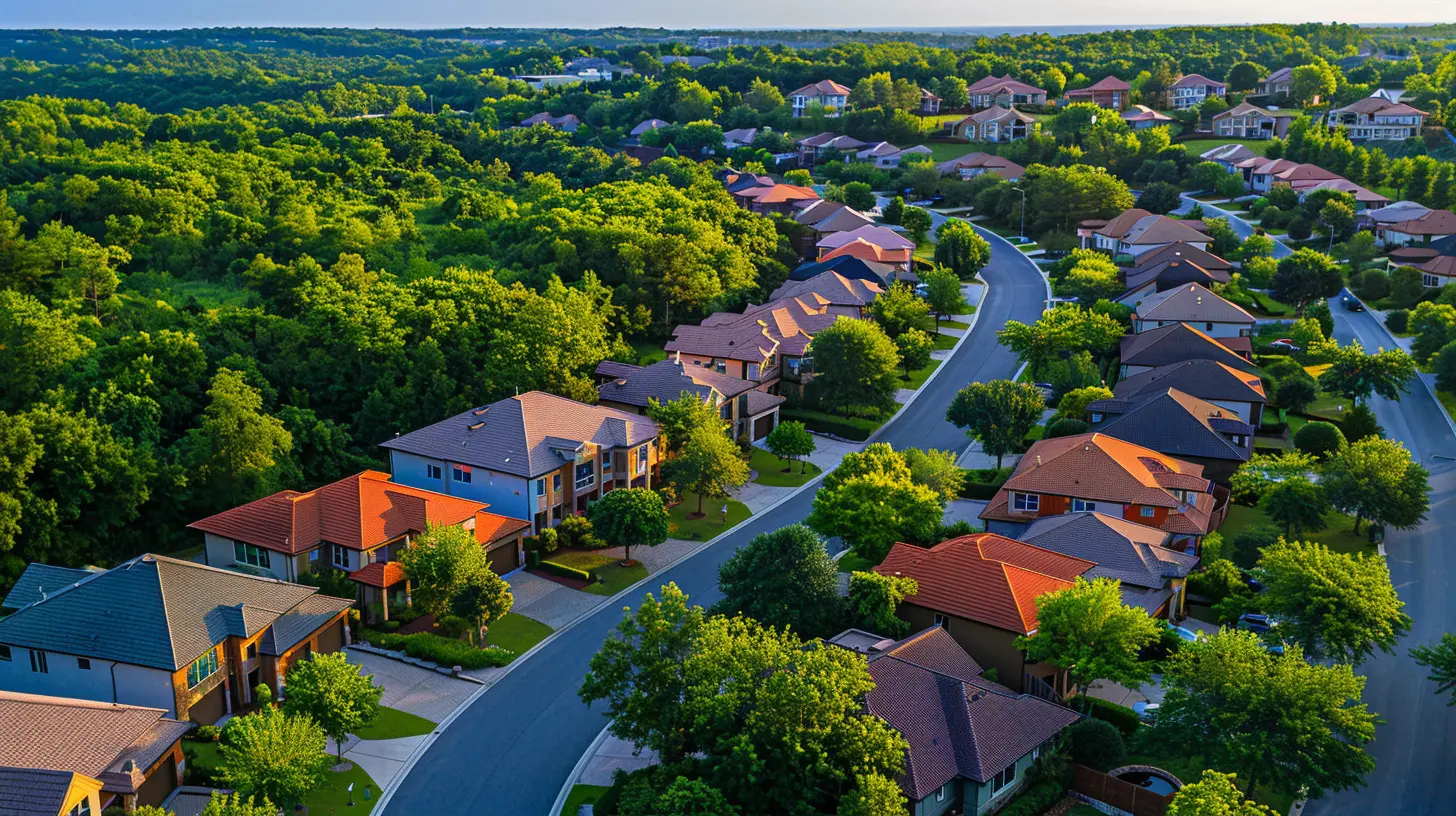17 April 2025
The ebb and flow of immigration is like the tide, shaping the shores of society in ways both seen and unseen. Homes rise, neighborhoods transform, and markets shift—often in rhythms dictated by those who arrive seeking new beginnings.
But how exactly does immigration influence local housing markets? Is it a blessing or a burden? A growth engine or a strain on resources? The answers, like the story of migration itself, are complex, nuanced, and deeply intertwined with economics, policy, and human ambition.
So, let’s dive in. 
The Ripple Effect of Immigration on Housing
Every immigrant carries more than just a suitcase—they bring dreams, skills, cultures, and, yes, demand for housing. Whether arriving as professionals, students, or refugees, newcomers need a place to call home. This simple fact sends ripples through the housing market, shaping prices, demand, and development trends.
Increased Demand, Rising Prices
Picture a small pond. Now, imagine someone drops a stone into it—the water expands outward in waves. Immigration has a similar effect on housing markets.When people move into a city or region, demand for homes increases. More renters, more buyers, more need for development. This spike in demand often causes property prices and rental rates to climb, especially in areas that are already struggling with low housing supply.
But What About Supply?
If supply keeps pace with demand, prices remain stable. But when it doesn't—when cities fail to build enough homes fast enough—prices can skyrocket. This is why major immigrant hubs like New York, Toronto, and London often face some of the highest real estate costs in the world.
Neighborhood Transformations
Immigration doesn’t just impact prices; it reshapes communities. Walk through any major city, and you’ll likely see neighborhoods with distinct cultural identities—Chinatown, Little Italy, Koreatown. These vibrant districts are often the result of immigration shaping the urban landscape.Commercial Boom
As immigrants settle, businesses catering to their needs flourish. Ethnic grocery stores, restaurants, and cultural centers breathe new life into previously stagnant areas. This commercial boom can increase property values as once-overlooked neighborhoods become desirable.Revitalizing Declining Areas
In some cases, immigration is the saving grace of struggling regions. Cities experiencing population decline—due to aging demographics or economic downturns—often see revitalization when immigrant communities move in, buy homes, and establish businesses.Detroit, for example, saw a boost from Middle Eastern and African immigrant communities repopulating and revitalizing certain neighborhoods that had been in decline for decades. 
Housing Affordability Challenges
With rising demand comes a downside—affordability issues. As immigrants compete for housing, lower-income residents (including some immigrants themselves) may find it harder to secure affordable homes.Gentrification and Displacement
In high-demand cities, wealthier immigrants and foreign investors sometimes contribute to gentrification—pushing working-class residents out of historically affordable areas. While investment and development can be positive, they sometimes come at the cost of displacing long-standing communities.Government Intervention
Many governments attempt to balance these impacts through policies like rent control, affordable housing incentives, and zoning regulations. However, these measures are often a step behind the fast-moving housing markets.The Role of Immigration Policies
Immigration trends are not just shaped by people’s desire to move; they are dictated by policy. When governments tighten immigration rules, housing markets feel the shift. When they open doors, demand surges.High-Skilled Immigration and Luxury Markets
When countries prioritize skilled workers and high-income immigrants, this often drives up luxury real estate markets. Cities like San Francisco and Sydney have seen tech and finance professionals from abroad push property values upward due to their high earning potential.Refugee Resettlement and Affordable Housing Needs
On the flip side, refugee resettlements create demand for lower-cost housing. Cities receiving large numbers of refugees often see increased pressure on affordable rental markets, sometimes exacerbating pre-existing housing shortages.How Cities Can Adapt and Thrive
Understanding immigration’s impact on housing allows policymakers, developers, and citizens to plan for sustainable growth. So, what’s the best way forward?1. Building More Housing
The most straightforward solution? Build more homes. Expanding supply helps temper price hikes and ensures there’s housing available for everyone—immigrants and long-time residents alike.2. Smart Urban Planning
Well-designed cities anticipate population growth and plan infrastructure accordingly. Transit-oriented development, mixed-income housing initiatives, and inclusionary zoning can help balance housing needs.3. Encouraging Responsible Investment
While foreign investment in real estate can drive up prices, smart regulations—like taxing speculative buying or limiting vacant properties—can prevent markets from overheating.4. Supporting First-Time Homebuyers
Many immigrants dream of homeownership. Offering financial literacy programs, down payment assistance, and first-time buyer incentives can help newcomers establish roots while strengthening local economies.Final Thoughts
Immigration is a tale as old as time—a rhythm of movement that has shaped cities and civilizations. And with each wave of newcomers, housing markets feel the impact.Yes, there are challenges—rising prices, affordability concerns, and displacement. But there are also vast opportunities—neighborhood revitalization, economic growth, and cultural enrichment.
The key is balance. With the right policies, investments, and planning, housing markets can absorb the ebb and flow of immigration in ways that benefit both new arrivals and long-standing residents.
After all, isn’t home—wherever it may be—one of life’s greatest pursuits?




Violet Montgomery
Immigration shapes demand, impacting local housing prices.
April 18, 2025 at 4:06 AM